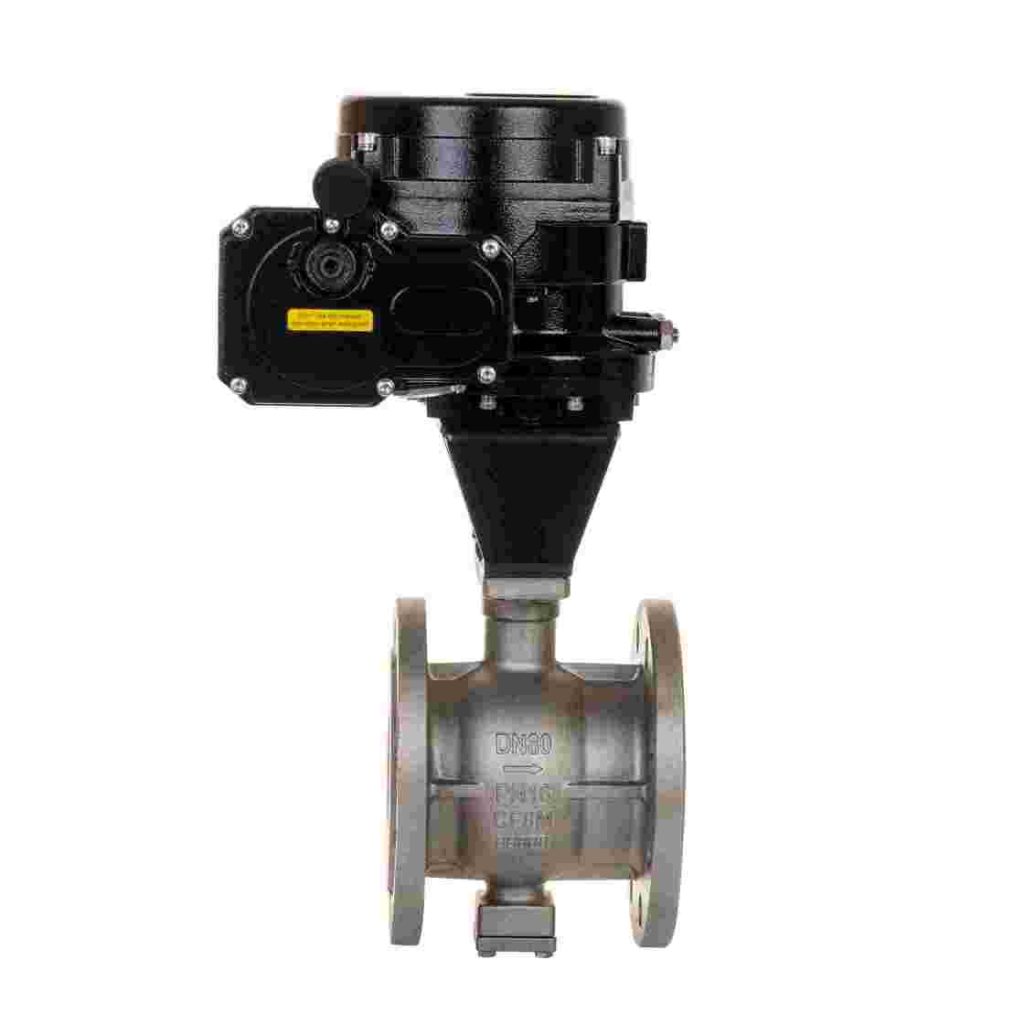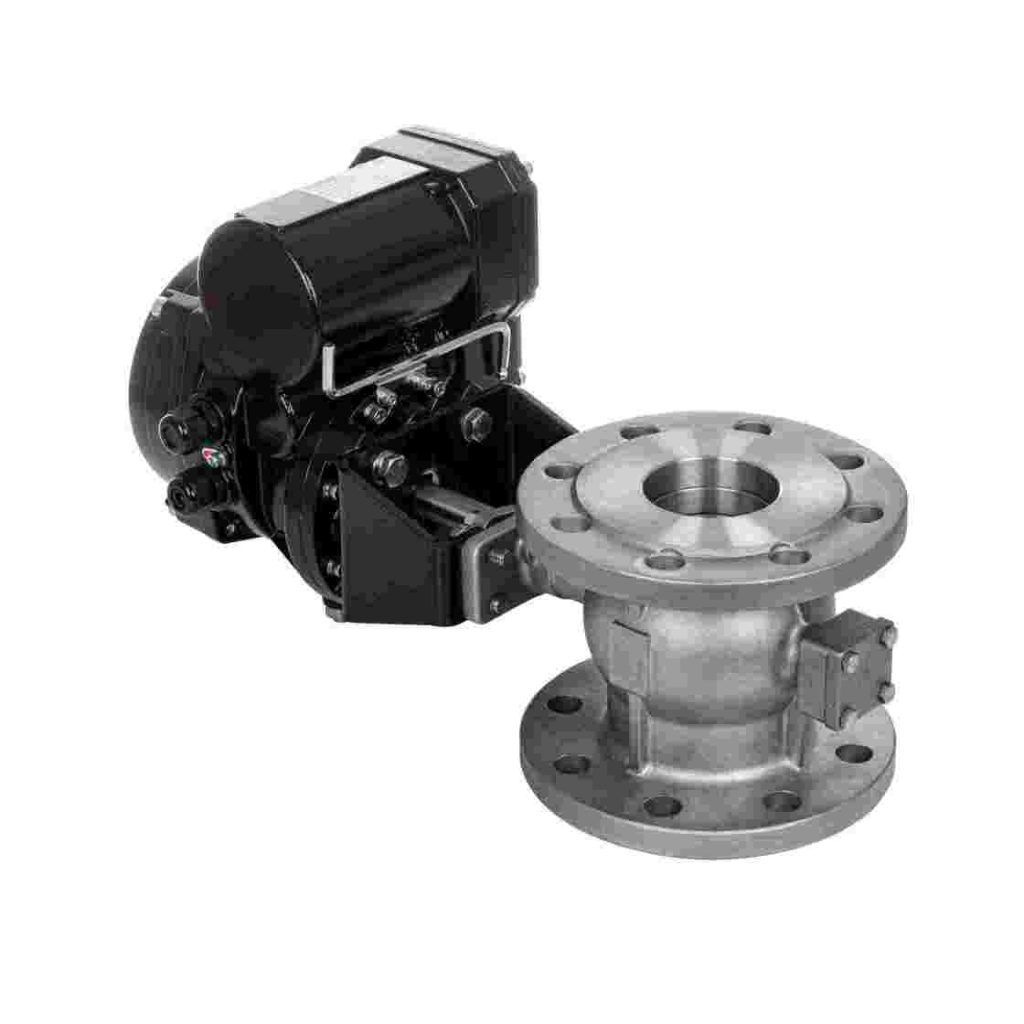Electric stainless steel ball valves have emerged as a critical component in modern industrial applications, offering an efficient and reliable solution for controlling the flow of fluids or gases in a wide range of systems. These valves combine the robust durability of stainless steel with the precise control provided by electric actuators, making them an excellent choice for industries such as oil and gas, chemical processing, water treatment, HVAC, and food and beverage production. In this article, we will explore the advantages, working principles, and common applications of electric stainless steel ball valves.

What is an Electric Stainless Steel Ball Valve?

An electric stainless steel ball valve is a type of valve that uses an electric actuator to control the opening and closing of the valve’s ball. The ball has a hole or port through the center, and when aligned with the flow path, the valve is open. When the ball is rotated by the actuator, the port is turned away from the flow path, and the valve closes, stopping the flow of fluid. These valves are made from high-quality stainless steel, which offers superior resistance to corrosion, high temperatures, and other environmental factors, making them ideal for use in harsh conditions. The electric actuator that powers the valve provides remote or automated control, allowing operators to adjust the flow rate of fluids without the need for manual intervention. This electric control mechanism offers precision, reliability, and the ability to integrate with various control systems such as PLCs (programmable logic controllers), SCADA systems (supervisory control and data acquisition), and other industrial automation technologies.
